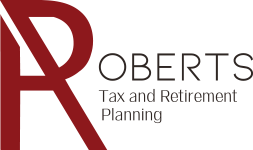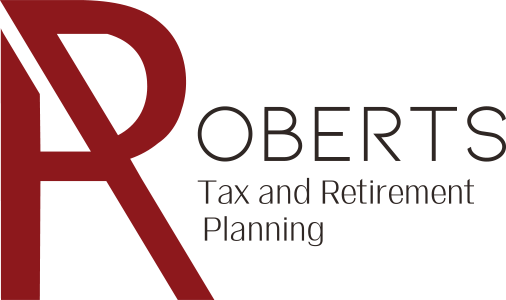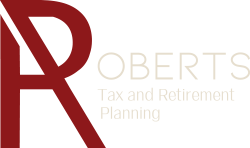Gold has a unique appeal for many investors. Because it is seen as a method of protecting one’s wealth from inflation and the weaknesses of paper money, many consider adding gold and other precious metals to their retirement planning. Moreover, gold has the ability to move through some of the worst times in history. Gold provides a level of certainty that just does not exist in many other investments.
In the simplest terms, gold is money in its purest form. This can make gold an almost perfect vehicle for retirement savings. Additionally, gold and other precious metal can protect your wealth from the impact of inflation, while also providing a hedge against possible losses in other markets. While not as straightforward as other investments, there are several ways that a person can add gold and other precious metals into their retirement planning.
Nevertheless, your ability to invest in gold will depend on the type of retirement plan. For the most part, traditional IRAs do not permit for precious metal investments. Regardless, you can still duplicate some of the same security with a gold ETF (Exchange Traded Fund) or in the stock of a precious metals mining company. Each of these is good substitutes for precious metal investments.
If you want to invest in physical gold, a self-directed IRA is the best option, but there are rules about the eligible types of precious metals. As an example, the gold must be over a certain purity level. This is used to discourage buying collectible items, which can lack long-term value, as a retirement investment. The purity standard will depend on the type of precious metal. That said, gold bars must have a minimum 99.5 percent purity level.
What haven’t we covered yet that is important to you? If you would like to talk more about including gold in your retirement planning, or a related topic, please contact us.






